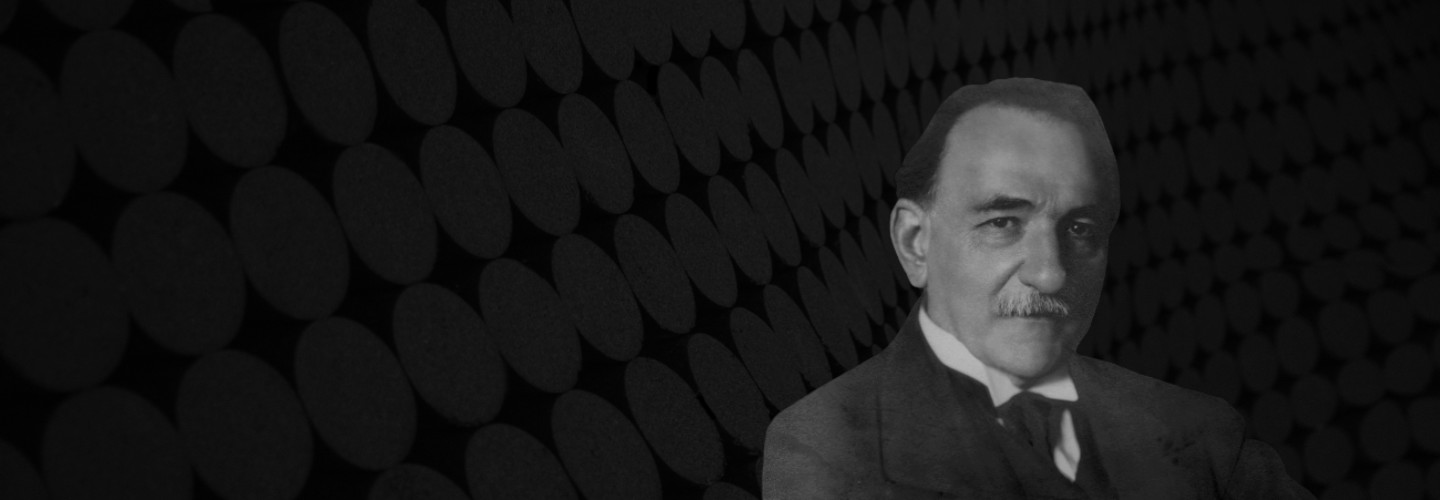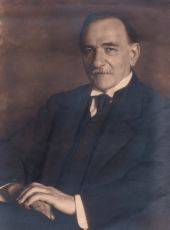

Josef Bohuslav Foerster
Eva
Short instrumentation: 3 3 3 3 - 4 3 3 1 - timp, perc, hp, org, str
Libretto von: Josef Bohuslav Foerster
Textvorlage: Gabriela Preissová
Übersetzer: Johannes Brandt
Roles:
Marja-Eva
Näherin
soprano Manek
tenor Die alte Meschjanowka
seine Mutter
alto Samko
Kürschner
baritone Susa
mezzo-soprano Rubatsch
Arbeiter
bass Bauern
Arbeiter
Musikanten
Instrumentation details:
1st flute
2nd flute
3rd flute (+picc)
1st oboe
2nd oboe
cor anglais
1st clarinet in A (+cl(Bb))
2nd clarinet in A (+cl(Bb))
bass clarinet in Bb
1st bassoon
2nd bassoon
3rd bassoon (+cbsn)
1st horn in F
2nd horn in F
3rd horn in F
4th horn in F
1st trumpet in F (+tpt(Bb))
2nd trumpet in F (+tpt(Bb))
3rd trumpet in F (+tpt(Bb))
1st trombone
2nd trombone
3rd trombone
bass tuba
timpani
percussion
harp
organ
violin I
violin II
viola
violoncello
double bass
Foerster - Eva
Sample pages
Audio preview
Work introduction
“The music of Josef Bohuslav Foerster, a contemporary of Janácek, has not been played for decades, even in his homeland. Yet anyone who saw his opera Eva in Wexford (15 October 2004) or heard the live recording of the performance asks amazed and bewildered, why he has been neglected all this time” (Jürgen Gahre in Fono Forum 04/06).
Foerster composed his tragic opera Eva while he was staying in Hamburg (1893–1903), where Gustav Mahler had engaged his wife Berta Foersterová-Lautererová as a soloist at the opera there. The spouses followed Mahler to Vienna, where Foerster’s wife performed under Mahler at the Court Opera (1901–1913). Both Berta and Foerster himself became important figures in Mahler’s life: in the latter’s words, “If I become an independent concert conductor, I will perform all of [your] symphonies” (Foerster, Der Pilger [“The Pilgrim”]).
Foerster took the subject for Eva from the play Gazdina roba by Gabriela Preissová, to whom we also owe the source material for Jenufa. (Gazdina = housekeeper, landlady: roba = an opprobrious word for a woman who has left her husband). This piece made Preissová the founder of Czech realistic rustic drama. Foerster introduced a type of woman to Czech opera which Janácek subsequently perfected. The opera centres on a social conflict; Eva, a poor seamstress and Mánek, the son of a rich farmer, are in love, scorning the barriers of social status. However, in accordance with the social and religious laws of the time, Mánek’s mother and the village populace disallow their love. Desperately seeking a way out of the intolerable situation, Eva drowns herself in the waters of the Danube.
This tense, dramatic mood prevails through the entire opera. For Foerster (who also wrote the libretto), it was important “to capture the individual characters and events in all their psychological veracity and ultimately to omit all minor figures” (Der Pilger); thus he retained only six of the original 20 roles. Premièred in 1899 at the National Theatre in Prague, Eva remained in the Czech repertoire (255 performances in Prague alone by 1983). When it was first given in Vienna at the Volksoper in 1915, it was known as Marja, not least due to the coincidence with the eponymous Lehár operetta.
Translation: Grant Chorley
